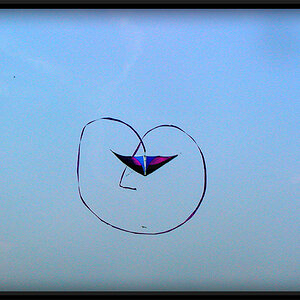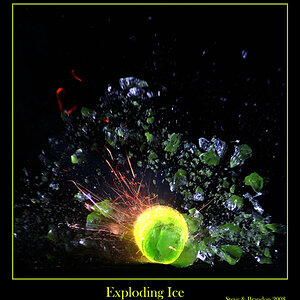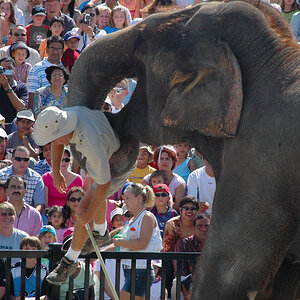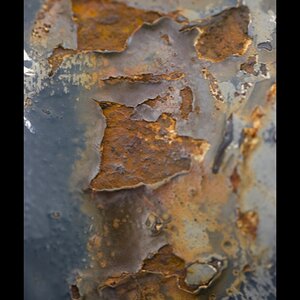Alex_B
No longer a newbie, moving up!
- Joined
- Aug 30, 2006
- Messages
- 14,491
- Reaction score
- 206
- Location
- Europe 67.51°N
- Can others edit my Photos
- Photos NOT OK to edit
fmw said:When a client asked me for 400 dpi, he was asking me for a higher resolution scan of my transparencies.
Yes, but that client would know that a 400 ppi scan from 35mm would mean a totally different thing than a 400 ppi scan from medium format.
So the client would translate (maybe he was not aware of this though) the ppi plus the format into total pixels times pixels.




![[No title]](/data/xfmg/thumbnail/35/35867-0c74c728d92f908264af585fd93bd36c.jpg?1619737194)
![[No title]](/data/xfmg/thumbnail/36/36135-6594fe1d58af0053c3e939665e543ce4.jpg?1619737388)







![[No title]](/data/xfmg/thumbnail/35/35866-da1619f1c62d0897e43c22a31ae36ad2.jpg?1619737193)